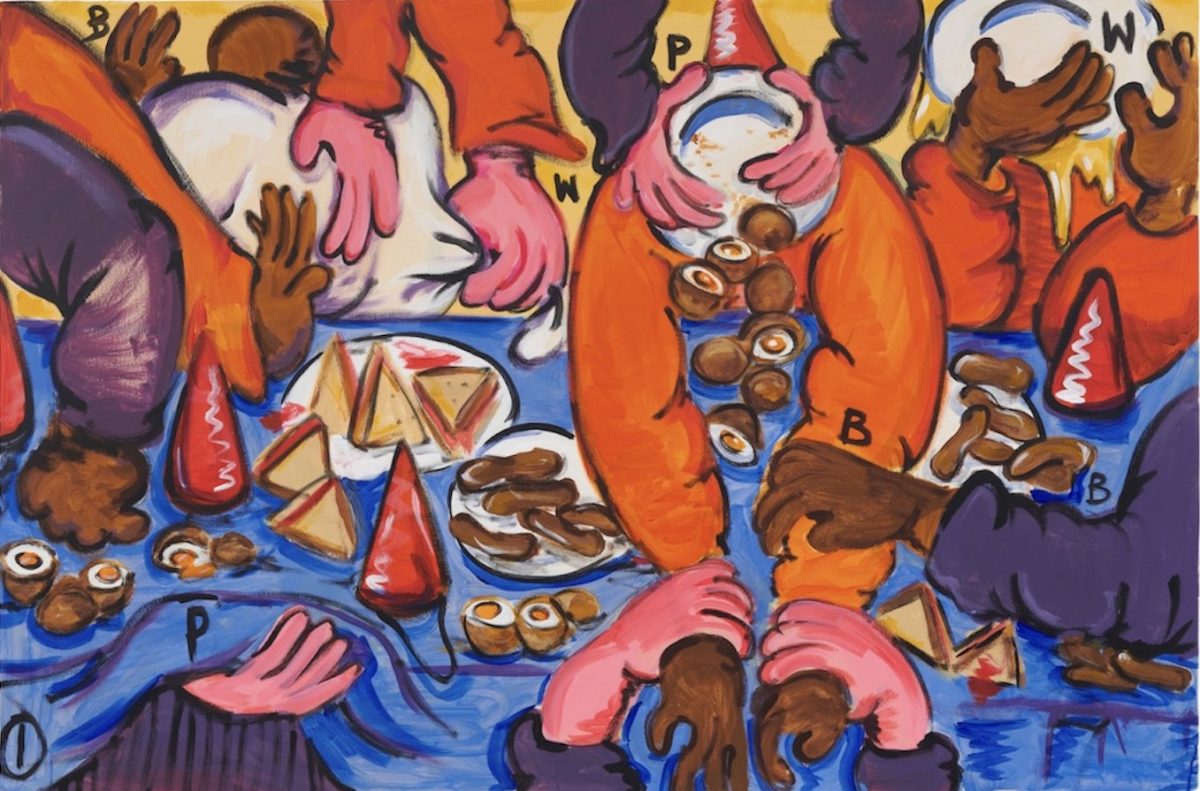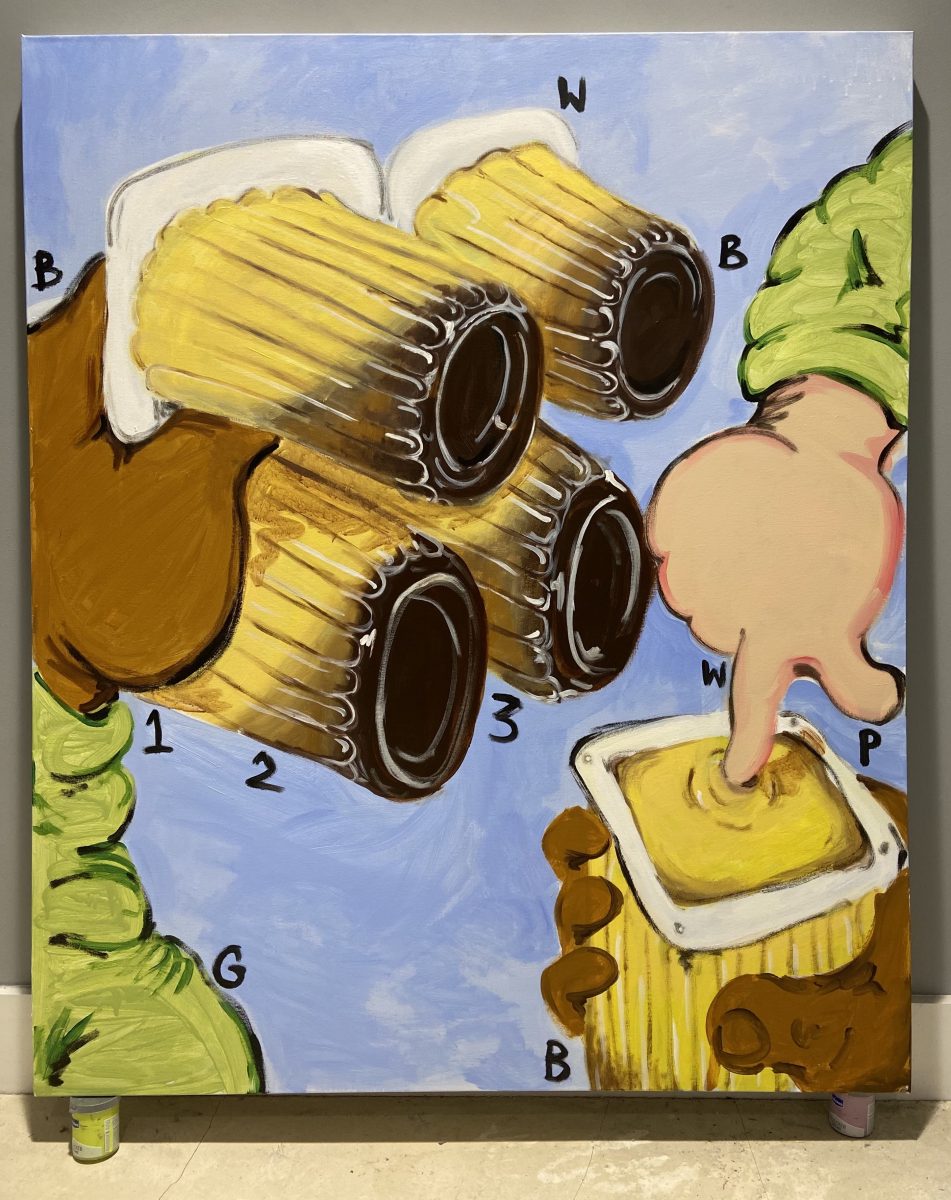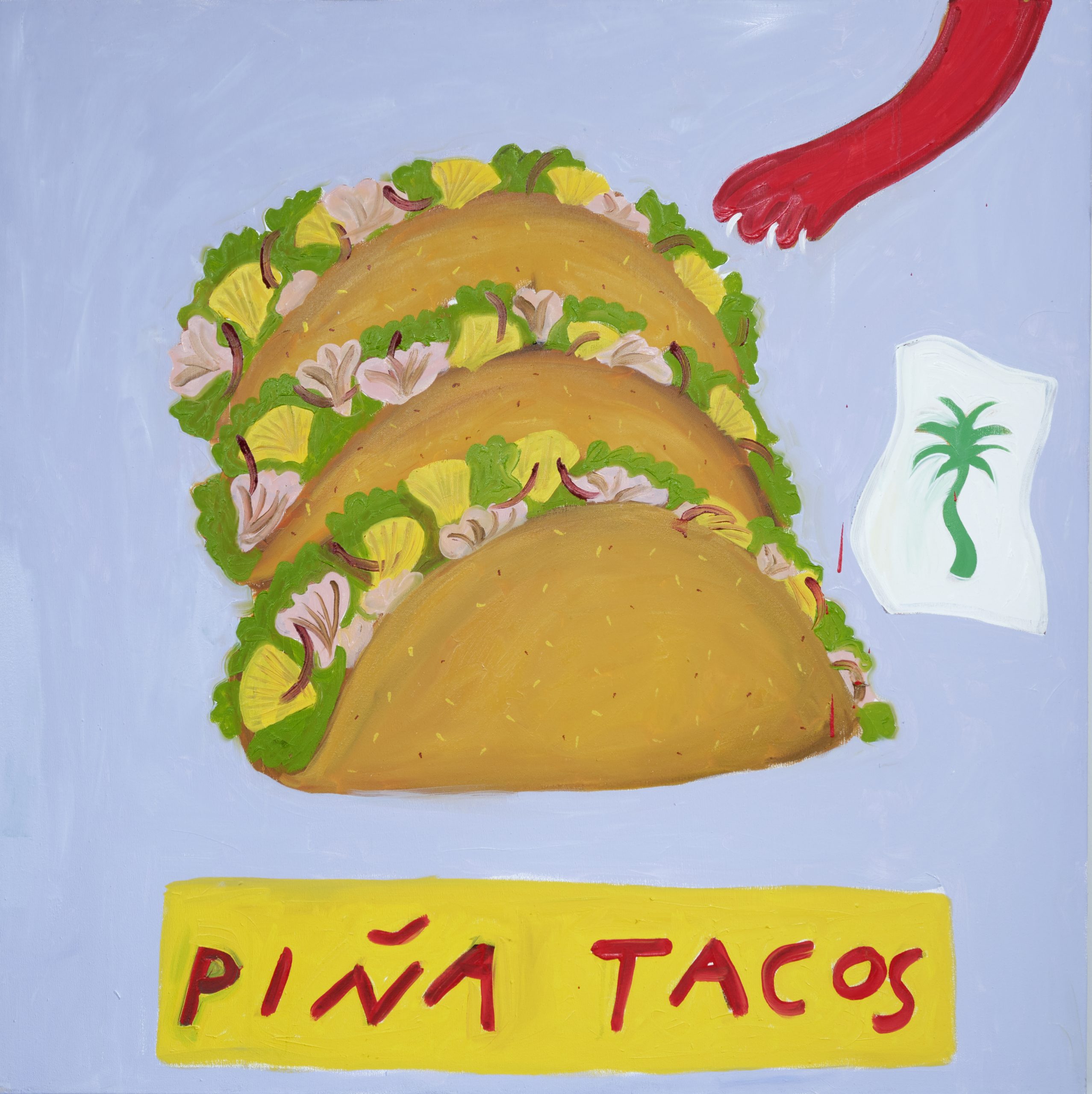
“The only things that matter in life are food and love, in that order,” wrote David Hockney, in a heartfelt letter from lockdown last April. It is an aphorism that has been confirmed at every turn over the past year. First came the stockpiling panic when tinned goods were snatched from supermarket shelves. Then social media encouraged us to bake, to escape news alerts by burrowing deep into the air pockets of sourdough loaves or ensconcing ourselves in gooey banana bread. Mealtimes replaced commuting and socialising as the organising principle of daily life, and from the intricate toast art of Manami Sasaki to the trend of making focaccia bread pictures, cooking kept us inspired.
View this post on Instagram
For some, food remains an abundant source of comfort, but for others, a year of social isolation has made eating more complicated. In February, doctors in England warned of an oncoming “tsunami” of eating disorder patients due to rising cases of anorexia and bulimia during the pandemic. The darker side of our lockdown food fixation is being dissected by London-based artist and curator Anna Choutova, whose online show at Edinburgh’s Arusha Gallery, Safe as Milk, seeks to open up conversations about “problematic eating” and contradictions in modern food culture.

Choutova has long considered food “an infinite vessel to convey any human emotion, need, desire and trauma”. In her 2017 exhibition Let Them Eat Fake, part of her Bad Art series, she curated a smorgasbord of replica food to explore conflicting media messages of indulgence and restraint. Choutova’s interest in consumption intensified during the pandemic. “Because we felt like we’d lost control of our freedom, what we put into our [bodies] seemed to be the only tangible thing that we had any kind of say over,” she explains.
“Because we felt we’d lost control of our freedom, what we put into our bodies seemed to be the only tangible thing we had any kind of say over”
“Mealtimes became my existence at one point.” This tension “crescendoed” at the start of 2021 with the whiplash change from festive bingeing to the repentance of New Year’s Resolutions, all of which felt more acute within domestic confines. Through conversations with fellow artists and friends, Choutova realised how common her anxieties were, prompting her to draw together the work of 12 contemporary painters to interrogate love-hate relationships towards food.
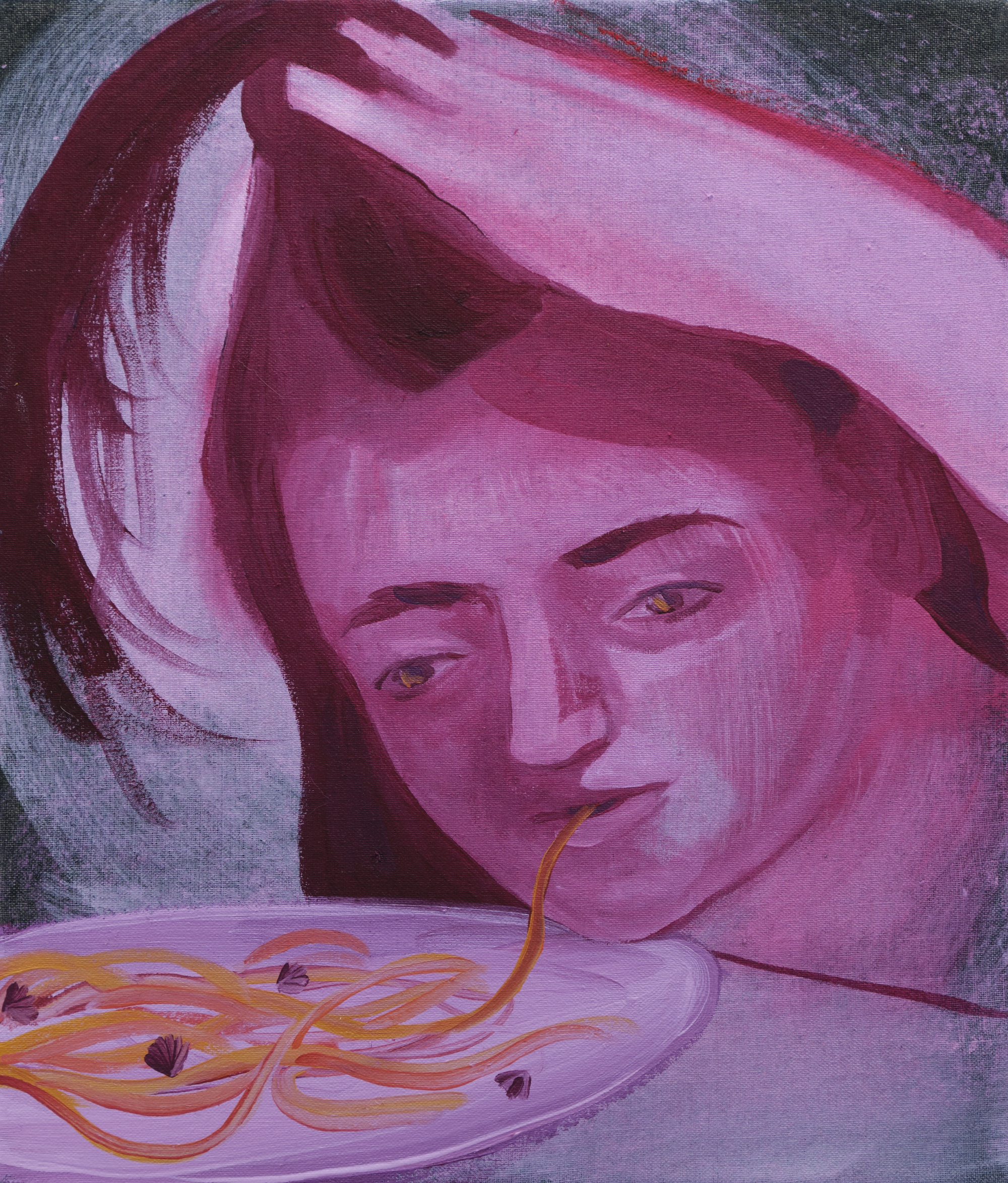
As the tongue-in-cheek title suggests, Choutova wants Safe as Milk to seem unthreatening: “I want to lure people in with this false sense of security. But as you look at the pieces that just gets shattered, and something as gentle and everyday as food reveals itself to be difficult, addictive and even life-ruining for some people.” At the luscious end of the table, Sophie Vallance Cantor’s pastel renderings of tacos and pancakes conjure up Instagram food porn. At the grotesque end, Georg Wilson’s fleshy, childlike goblins appear to self-cannibalise while the dead-eyed woman in Lindsey McLean’s Clam Spaghetti sucks it from a plate, hair held back as if poised to vomit.
Most poignant in their exploration of complicated eating are Oriele Steiner’s brightly-coloured paintings. They are pulled from the artist’s My Mouth Is Bored series, in which semi-abstract figures hunch over crisp packets, binge on junk food in secret under tables, or fight each other for bowls of pasta. Reminiscent of Fauvism, Steiner’s style is joyful, highlighting the pleasures of indulgence, while the body language of her contorted characters flickers between dance-like and defensive, portraying the shame that accompanies these moments of delight.
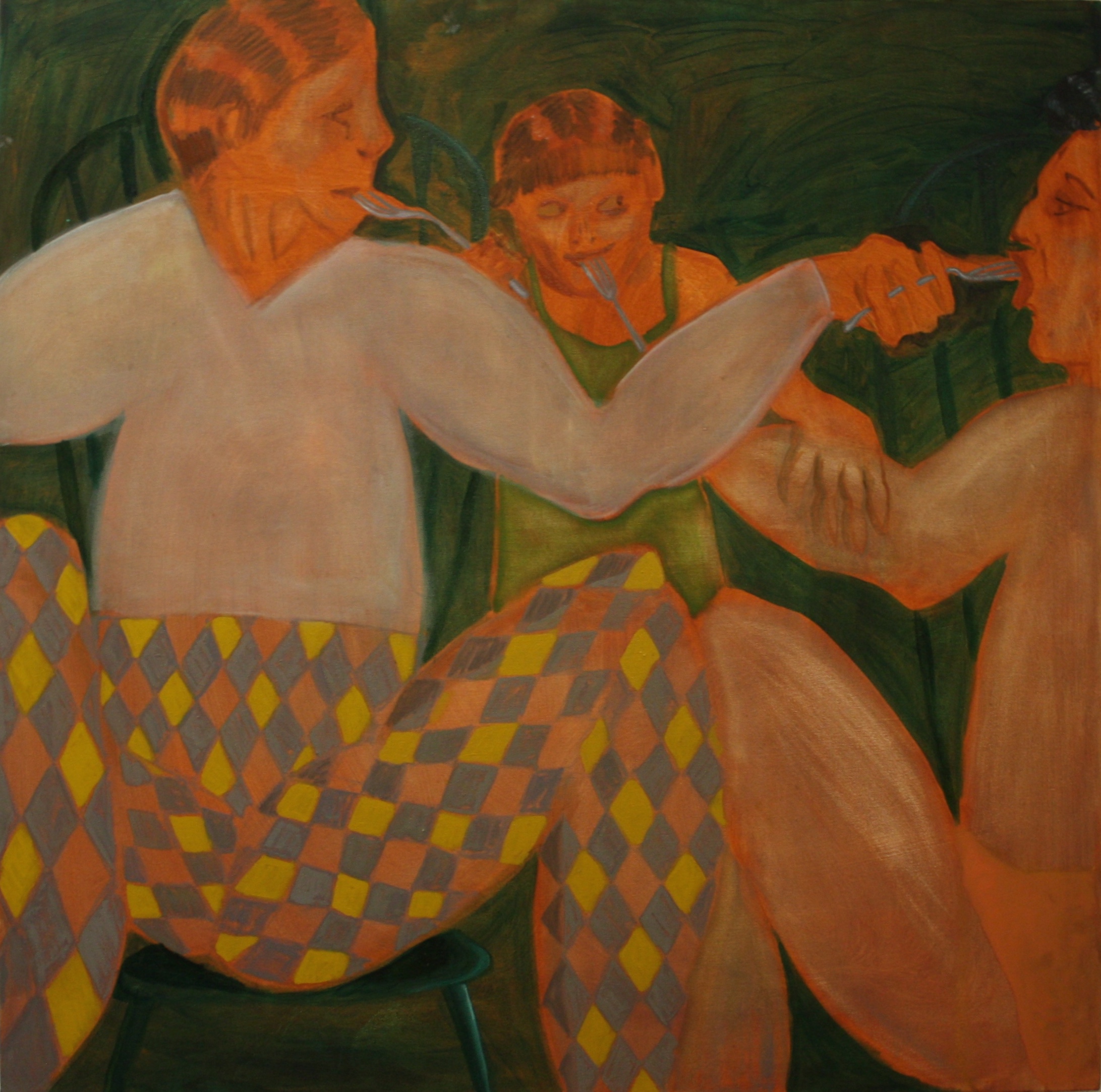
Steiner began painting food last year to reconnect with her late father’s Jewish heritage. Family members feed one another in The Dinner That Broke the Ice, which she describes as “an ode to those really fun times, when food used to be so communal and such a comfort for me.” As Steiner’s relationship to food became harder to navigate, her practice grew more introspective. “I never had issues with food before, but when the first lockdown happened, I became hyper-focussed on what I was eating,” she says.
“I never had issues with food before, but when the first lockdown happened, I became hyper-focussed on what I was eating”
This was exacerbated by the asceticism of January, and more recently by the UK’s deadlines for coming out of lockdown, with calls for “getting in shape”. Her topsy-turvy painting A Balanced Diet playfully pictures the pressures of striving for one, as a crisp and a piece of broccoli tumble off a plate towards an expectant mouth. “It’s me exposing this side that I’ve never exposed before,” Steiner remarks of her work this year. “I want to do it in a humorous way because I want people to relate to it, to be like, ‘Oh I have that with food too, finally someone’s talking about it’.”

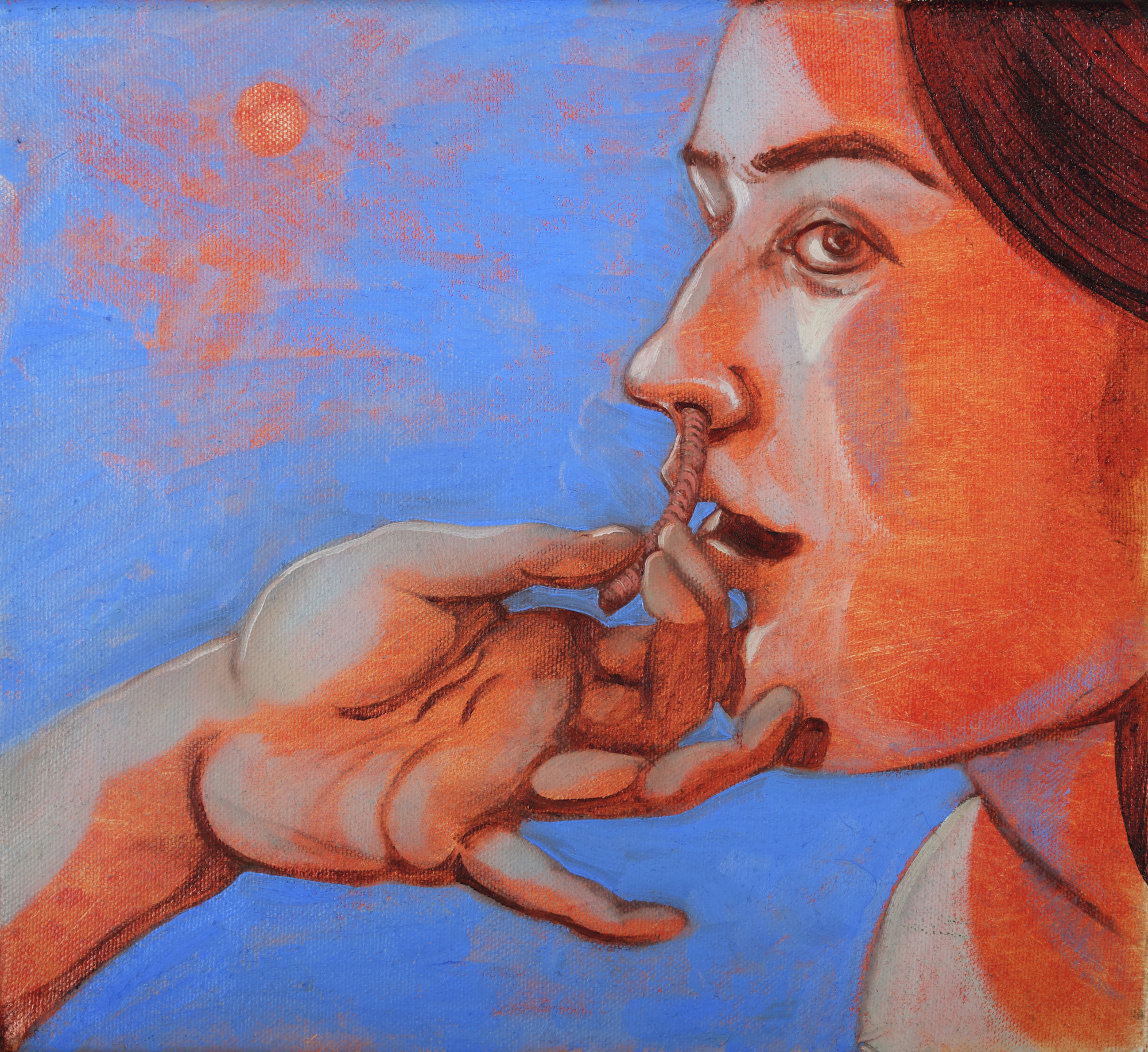
Through muddier means, the connection between consumption and personal identity is also present in Nettle Grellier’s gag-inducing paintings of orifices stuffed with worms, insects and hands. In the show and beyond, Grellier foregrounds the act of pulling out of the body rather than putting in. Evocative of guts, worms are so disturbing when extracted from mouths and noses in her paintings It Won’t Help to be Sad and These Heady Days because it is as if the body is being drawn out too. Grellier’s worms are at once part of and separate to the self, summoning Julia Kristeva’s definition of the “abject”: the horrified reaction to the breakdown of meaning that occurs when distinctions between subject and object are blurred.
In her essay Powers of Horror (1980), Kristeva articulates the cause of abjection as that which “disturbs identity, system, order”. She groups “an item of food” with “a piece of filth, waste, or dung” (or a worm in Grellier’s case), positing “food loathing” as “the most elementary and most archaic form of abjection.” Desire for self-control and self-definition plays into anxieties surrounding food, whether consuming it in excess or not at all, which makes Kristeva’s theory a useful lens through which to consider disordered eating.
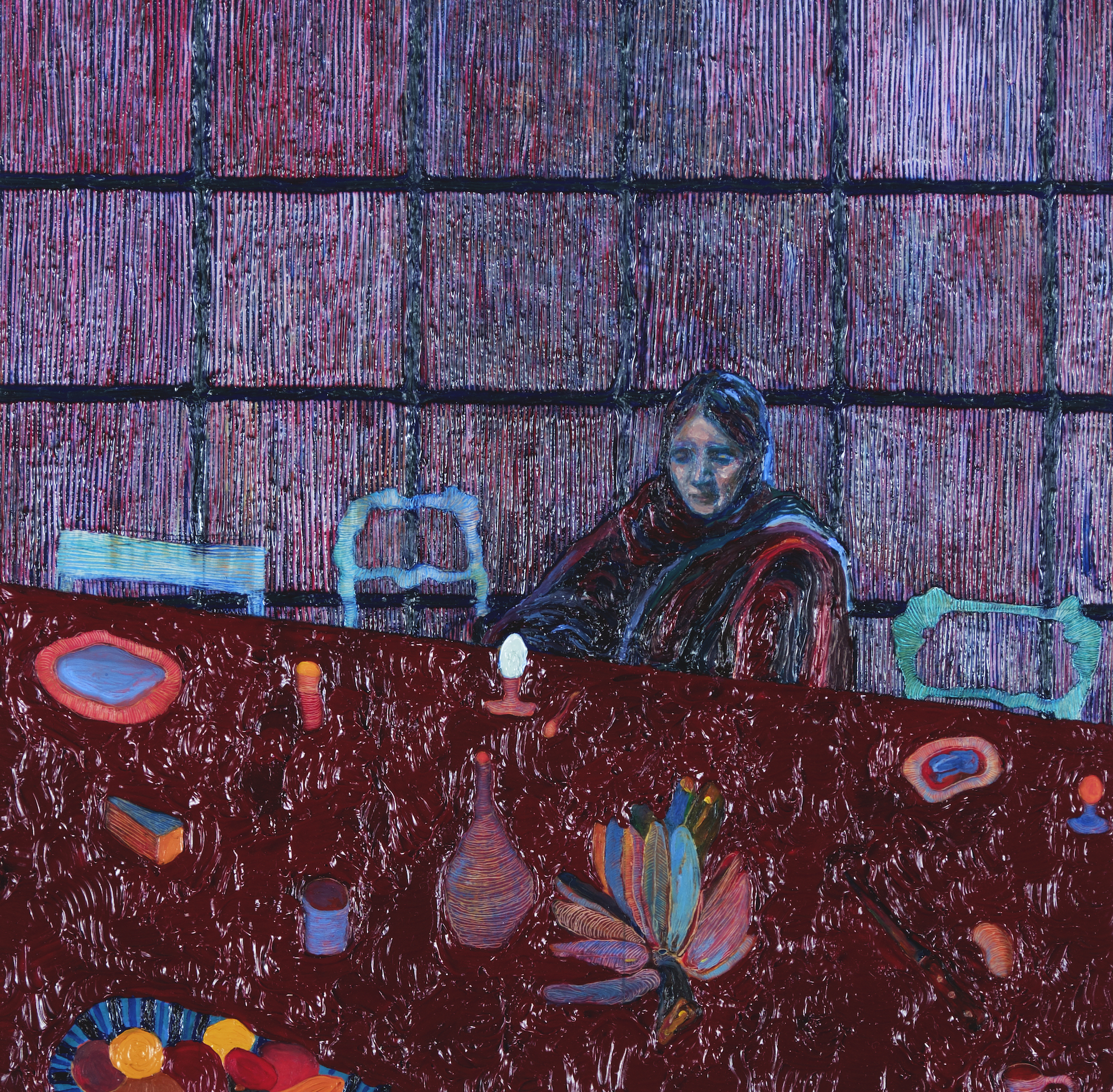
If Safe as Milk is designed to depict food’s unravelling into something unnerving, then no featured artist tricks us quite as well as Olivia Sterling. Characterised by a “slapstick sensibility”, her highly saturated, action-packed artworks look at first glance like they’ve been torn from a Beano comic. However, in capturing snapshots of ‘safe’ domestic scenes, such as kitchen tables sticky with party food and cluttered with hungry hands, Sterling’s practice allows her to tease out racial microaggressions and the everyday experience of othering.
“I’m naturally drawn towards white, brown and creamy foods in order to use them as symbols for whiteness or blackness”
“Looking in the mirror and seeing yourself as an ‘other’ is the same level of normality as eating food for me,” she says. “I’m naturally drawn towards white, brown and creamy foods in order to use them as symbols for whiteness or blackness.” Accompanying paintings of nostalgic British treats like iced buns and Scotch eggs is a shrewd process of labelling: Sterling doesn’t draw faces, so next to the pink arms of her characters is the letter “W” for “white” with “B” next to brown arms for “black”, a warped colour-by-letters system that mimics the constructed nature of racial binaries.
Sterling painted Accidents Will Happen in response to the storming of the US Capitol by a white mob in January, opting to portray the event as a pie fight in an attempt to move away from explicitly violent images of racism. As she explains: “The incident was such a good metaphor for whiteness, that these people could just walk in and do what they wanted. It’s why the painting has such a blasé title, it’s how gaslighty it feels as a person of colour.” Cream splashes across the picture and throughout Sterling’s work: it’s both an innocent dessert topping and a symbol of “whiteness as liquid power”, in relation to skin-lightening and tanning creams. Just as Choutova sees food as an “infinite vessel”, Sterling encodes it with myriad racial dynamics.
Within the context of lockdown and beyond, these artists peel away the glossy packaging of food as a simple pleasure, and expose the sticking points and anxieties contained within it. Collectively, they offer a much-needed critique of a topic so normalised it can go undiscussed, even when it preoccupies us to an unhealthy extent.

